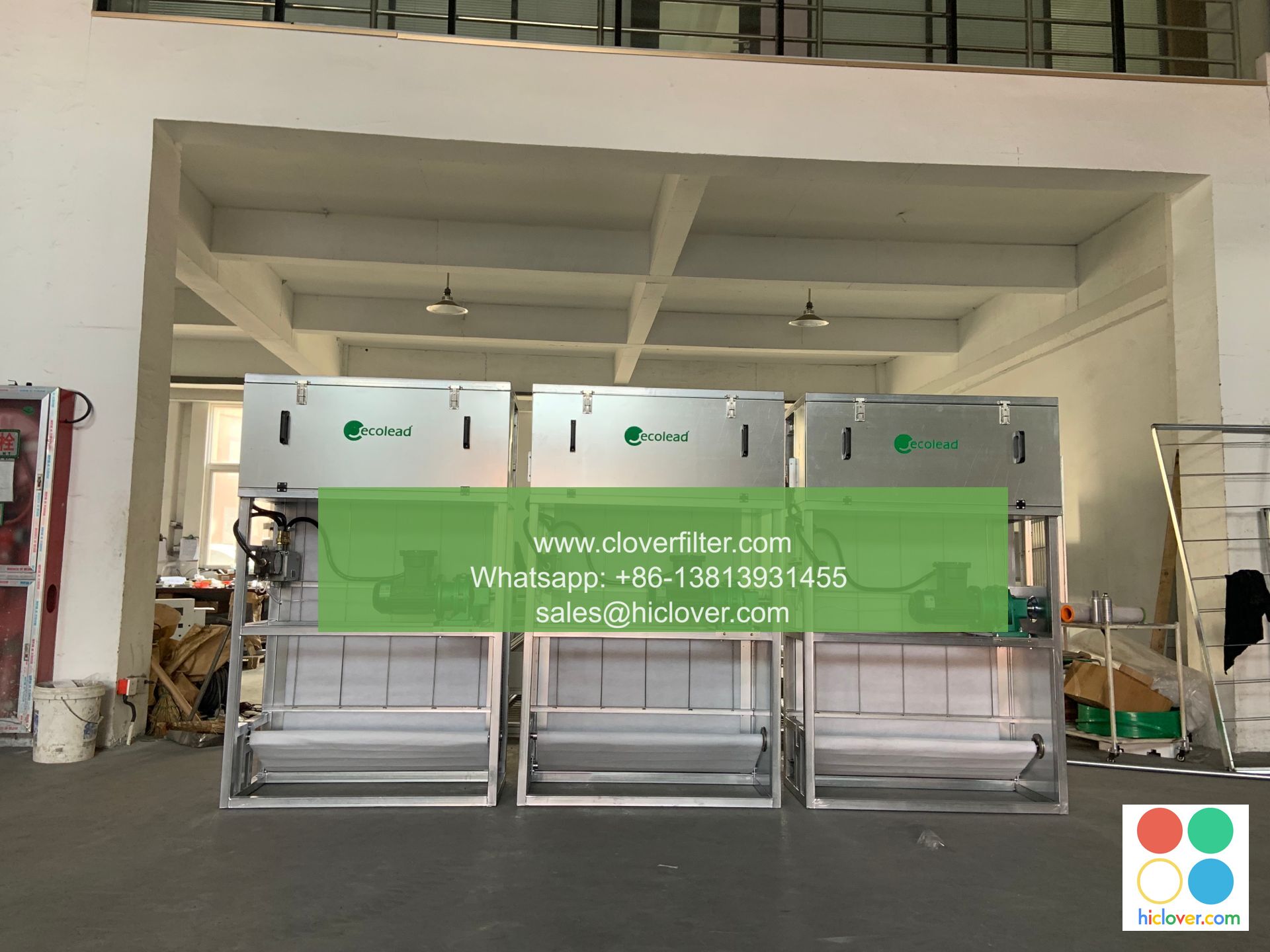The Different Types of Air Filter Testing: A Beginner’s Guide

Air filters play a crucial role in ensuring the quality of air in various environments, from industrial facilities to residential homes. With the numerous types of air filters available in the market, it’s essential to understand the different testing methods used to evaluate their performance. In this article, we’ll delve into the various types of air filter testing, highlighting their applications and importance.
##
Types of Air Filter Testing
Air filter testing involves assessing the filter’s ability to remove various air pollutants, including particulate matter, gases, and biological contaminants. The testing methods used vary depending on the type of filter, application, and intended use. Some of the most common types of air filter testing include:
###
Particle Counting
This type of testing measures the number of particles, such as dust, pollen, and industrial solids, that a filter can capture or remove from the air. Particle counting is commonly used in:
* HVAC systems to ensure clean air quality in commercial and residential buildings
* Industrial settings to monitor air quality in manufacturing facilities and laboratories
* Medical environments to prevent contamination and ensure aseptic conditions
###
Gas Filtration Efficiency (GFE) Testing
This type of testing measures the filter’s ability to remove gases and vapors from the air. GFE testing is crucial in:
* Industrial settings, such as chemical plants and power generation facilities, to ensure the capture of hazardous gases and vapors
* Medical environments, like hospitals and research facilities, to prevent contamination and maintain a safe air quality
* Automotive and aerospace industries, where the removal of pollutants is vital for vehicle performance and occupant health
###
Bioaerosol Testing
This type of testing measures the filter’s ability to capture biological contaminants, such as bacteria, viruses, and fungi. Bioaerosol testing is essential in:
* Healthcare facilities, where the risk of disease transmission is high
* Cleanrooms, laboratories, and pharmaceutical manufacturing facilities, where sterility is crucial
* Food processing and production facilities, where contamination can compromise product quality and safety
###
Wet and Dry Smoke (WDS) Testing
This type of testing measures the filter’s ability to capture smoke particles, which can be used to evaluate the filter’s performance under various conditions, such as high-temperature or high-humidity environments. WDS testing is relevant in:
* Fire suppression systems, where efficient smoke removal is critical
* Lab testing, to evaluate filter performance under various conditions
* HVAC systems, to ensure optimal air quality during unexpected events, like natural disasters or industrial accidents
###
Ozone Generators and Humidistats
This type of testing measures the filter’s ability to capture ozone and humidists, which can be used to evaluate the filter’s performance in spaces with high humidity or ozone levels. Ozone generators and humidistats are typically used in:
* Indoor pools and spas, where chlorination and humidity control are essential
* Industrial environments, like oil and gas refineries, where high humidity and corrosive chemicals are present
* Residential and commercial spaces, where humidistats promote optimal comfort and health
By understanding the different types of air filter testing, facility managers, engineers, and environmental health professionals can select the most suitable filter for their specific application, ensuring optimal air quality and safety. In conclusion, it is crucial to be aware of the various testing methods and their relevance to different applications, allowing us to create healthier, more productive, and more comfortable environments for all. It seems you’re referring to starting a new conversation! Is there something specific you’d like to talk about or ask? I’m here to help with any topic or question you have. Go ahead and give me a prompt to get started!

